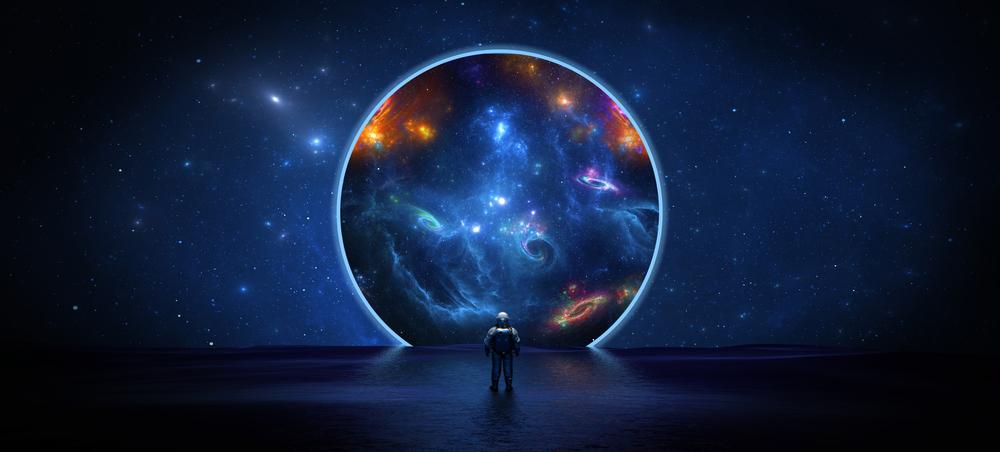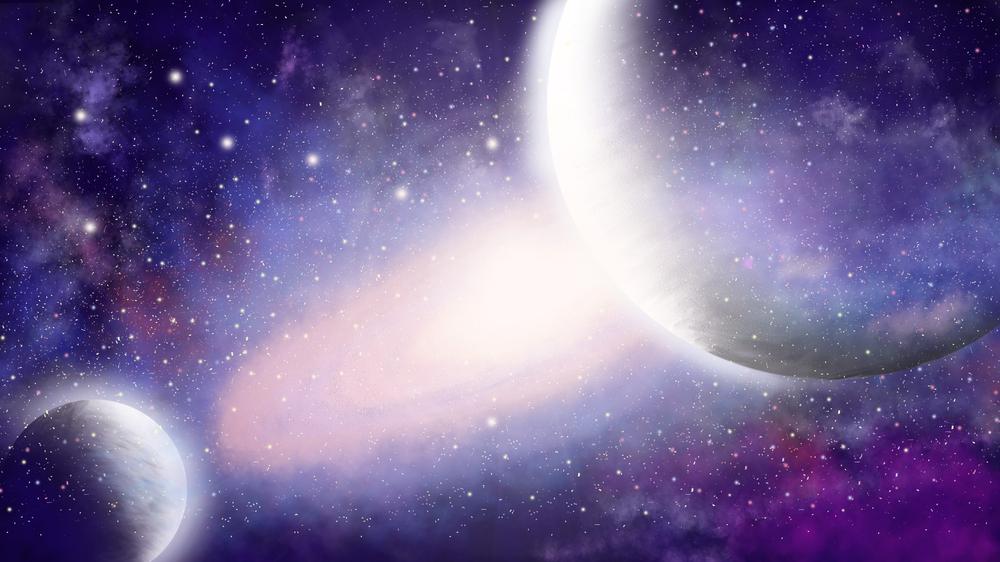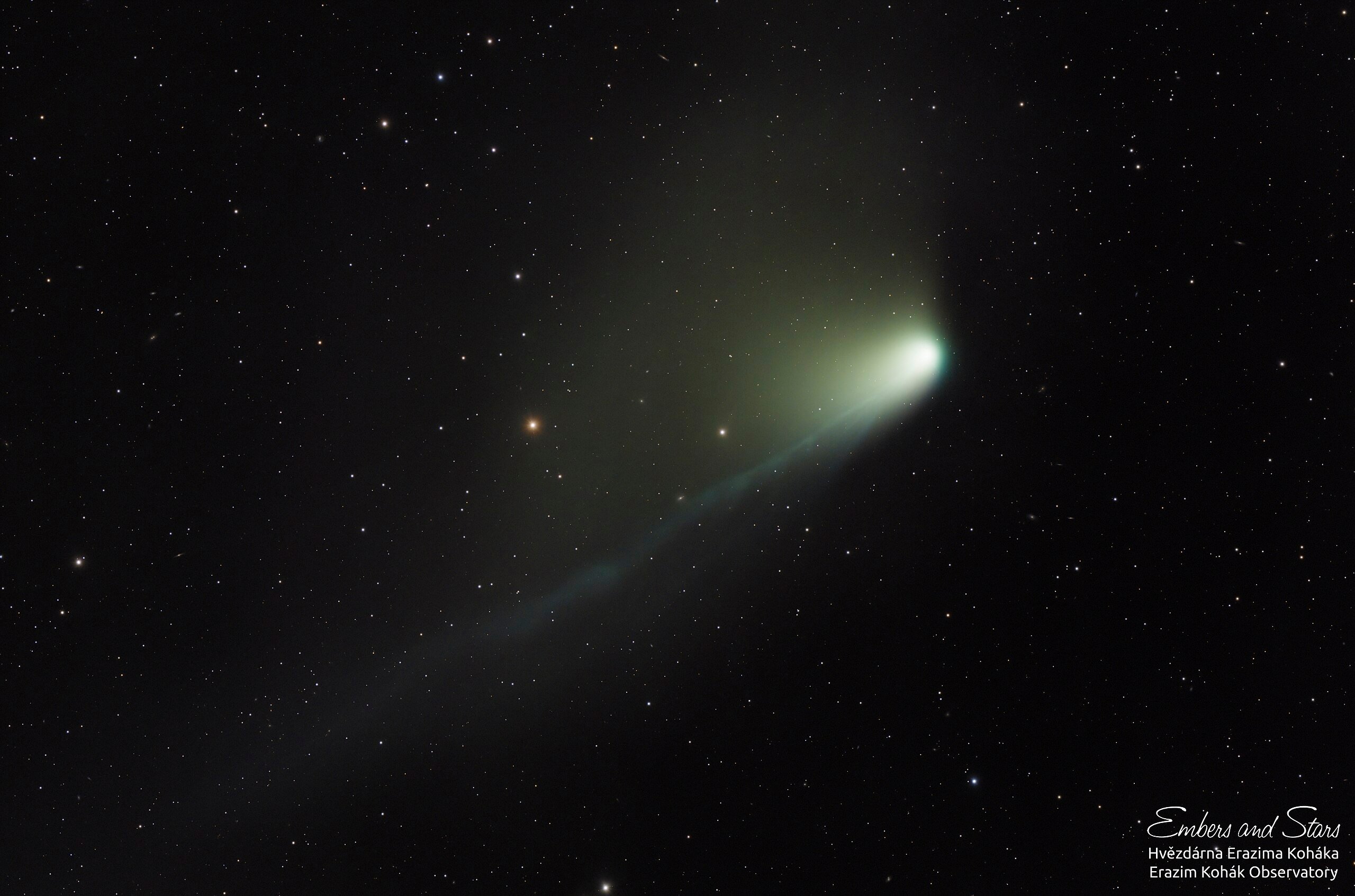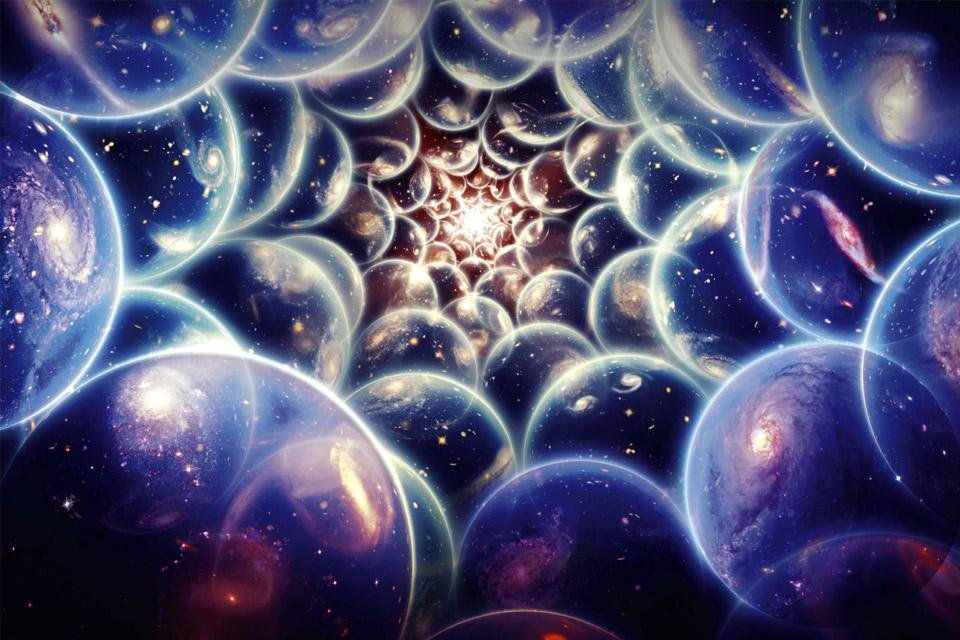The multiverse is the term used by scientists to describe the following idea. other universes may exist. In practice, it can be said that the piece of space in which planet Earth contains billions of galaxies and stars is not alone.
The concept is an integral part of different scientific theories. The unity between all these ways of looking at this thesis is that each of them suggests that the space and time we observe are not the only reality.
Physics – and philosophy – is dedicated to studying the concept. In particular, to transfer the existence of many-worlds from the field of hypothesis to a law, as long as it is possible to prove the phenomenon.
After all, how does the multiverse work?
The most accepted hypothesis among academics, scientists and researchers is known as: inflationary cosmology. According to him, the universe grew rapidly and exponentially within minutes of the Big Bang.
This theory can explain features that have already been observed in the universe, such as the structure and distribution of galaxies. But all this requires an organization, right? This is where physicist Max Tegmark comes into play.
Tegmark has created a classification for multiple worlds. According to that, other worlds would be beyond our reach, as they exist on different timelines. Multiverses will have four levels:
- The former would be anything that extends beyond the reach of our visible universe;
- In the second, universes vastly distant from our own, beyond our “bubble” of galaxies;
- Third, there are three-dimensional universes like ours, separated by quantum interactions that form an infinite branching multiverse;
- At the fourth level, Tegmark covers everything that exists between theories and parallel universes.
What is the origin of the multiverse theory?

Don’t be surprised, but the idea that there will be more than one universe has its origins in a very distant past, specifically Ancient Greece. Greek philosophy already preached the possibility of the existence of several worlds.
However, the term multiverse was coined only in 1895 by the American philosopher William James, but without specifying several universes. It was up to the author, Michael Moorcock, to tailor the introduction to such a meaning. Fragmented Worlds.
In the last period of the 20th century, physicists and mathematicians conducted studies on the multiverse. It is believed that offers a better explanation for the origin of our own universe, before the Big Bang.
What would life be like in these multiple worlds?

Starting from the premise that the theory is indeed a fact, could we have different versions of us out there?one in each multiverse, we were living the life we would have had if we had made different decisions in life.
The fact that we now have Twins, so just because we have an exact copy doesn’t mean we can keep in touch with it. Nor does it mean that their personalities are the same – although that, yes, is a possibility.
Scientists believe that traveling between universes is unlikely, as in a Marvel movie or series or a comic book. At least with today’s information and technology. A thousand years from now, who knows?
Does the multiverse really exist?

The answer to that question is science still has no answer. Let’s do it step by step! Scientists are trying to find concrete evidence for the existence of multiple worlds.
Recently, University College London (UCL), one of the most respected in the UK, suggested that it would be possible to confirm theories by looking for signs that our universe is colliding with another.
This would be possible, for example, from analysis of perturbations in the cosmic microwave background. Despite everything, All searches so far have yielded negative results.keeping the multiverse in the hypothetical realm.
At the University of Arizona, cosmologist Heling Deng studies special types of black holes to look for evidence of multiple worlds.
According to the researcher, these could be parts of our universe that separate and give rise to a new universe in a process called quantum tunneling. However, research is still ongoing.
See cosmologists who disagree with the theories

Not everyone in the scientific universe converts to the idea that many universes coexist. Names such as physicist Paul Davies and South African professor and cosmologist George Ellis are among them.
According to Ellis, the universe is a term that encompasses the whole, including its expansions. Finally, the researcher insists on emphasizing: It’s hard to face an invisible hypothesisthat is not something that can be proven.
In general, those who are not excited by the idea of multiple worlds will not believe that there is more to discover, see beyond what we see. Regardless, everyone agrees on one thing: We still know very little about everything!
And do you believe there are other universes? What would your Doppelgänger look like? Share the article with your friends, find out what they think about it. Check out other science-related articles on TecMundo.
Source: Tec Mundo
I am Bret Jackson, a professional journalist and author for Gadget Onus, where I specialize in writing about the gaming industry. With over 6 years of experience in my field, I have built up an extensive portfolio that ranges from reviews to interviews with top figures within the industry. My work has been featured on various news sites, providing readers with insightful analysis regarding the current state of gaming culture.












